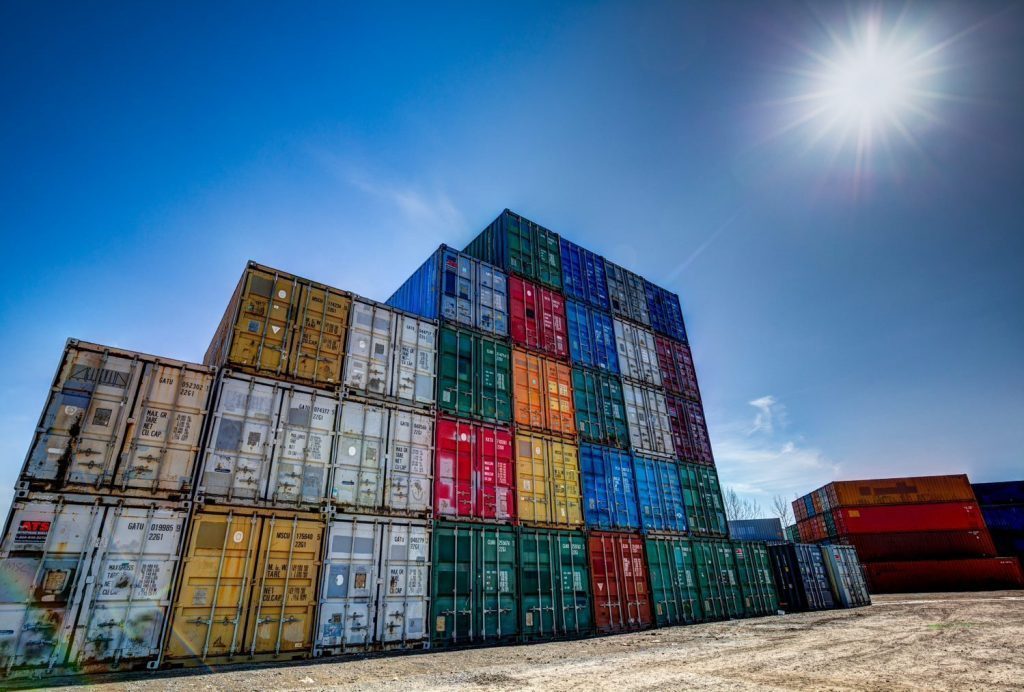There’s nothing quite like the freedom of RV travel. But what if your journey takes you to a distant land? The question of whether an RV can fit into a shipping container might have crossed your mind.
In this guide, we’re tackling the space challenge head-on, exploring the logistics, dimensions, and possibilities of fitting an RV into a container. So grab your virtual hard hat, and let’s navigate this shipping container puzzle together!
Explaining the concept of using shipping containers to transport RVs and the types of RVs that can be accommodated.
Using shipping containers for RV transport is becoming an increasingly popular option for those needing to move their recreational vehicle long distances. Shipping containers offer a secure way to protect an RV while it is in transit as well as providing an easier and more cost-effective way to transport RVs.
Most types of RVs can fit inside a shipping container, including Class A, Class B, and Class C motorhomes, travel trailers, pop-up campers, and fifth wheels. Be sure to measure your RV prior to shipping so you can choose the right size container for your needs. Generally speaking, 20’ and 40’ containers are the most commonly used.
Discussing the benefits of using containers, such as added protection and security.
Using shipping containers to transport RVs offers several unique benefits that make them a great choice. The most important of these is added protection and security. For one, containers are made of highly durable material that withstand the elements and protect the RV from any potential damage.
Additionally, the container itself typically includes lockable doors and extra security features that make it incredibly difficult to access the RV without the proper key. This added security is especially important when transporting RVs over long distances or in areas where theft is a concern. With the added protection of a shipping container, RV owners can rest assured that their vehicle will be safe and secure during transport.
Another benefit of using containers for RV transport is that they provide an extra layer of protection between the RV and the outside world. Not only do they protect against theft, but also against debris and any potential road hazards. Furthermore, the extra space provided by the container can used to store any additional items that need to transported, saving RV owners from having to make multiple trips.
Shipping Container – Choosing the Right Container Size
When it comes to shipping an RV in a container, the size of the container you need will depend on the type of RV you have.
Common small-sized RVs, such as a pop-up camper, may measure roughly 8ft in length and 6-7ft in width. Mid-sized RVs, like a 25ft travel trailer, are about 8ft in width and 27ft in length, while larger RVs, like a 35ft motorhome, may measure up to 11ft in width and 35ft in length.
There are many different sizes of containers available, ranging from 8ft to 45ft, and you’ll need to select the size that best fits your RV.
For example, a 20ft container could fit a mid-sized RV such as a 25ft travel trailer. While a 40ft container would be large enough to fit a 35ft RV. It’s important to make sure that you measure the size of your RV and compare it to the size of the container prior to shipping.
Disassembly: The Great Container Entry Strategy
Picture a jigsaw puzzle, where each piece must fit seamlessly into its place. The same applies to fitting an RV into a shipping container.
Disassembling certain components of your RV, such as awnings, external storage, or antennas, can create more space-efficient dimensions.
Just as a puzzle piece might need a slight twist to fit perfectly. The art of disassembly allows you to optimize your RV’s container fit.
Loading Techniques and Securement
Much like packing a suitcase for an international journey, loading an RV into a container requires strategic placement.
The goal is to maximize space utilization while ensuring your RV is securely fastened for its voyage.
Using loading techniques like positioning the RV diagonally or raising it slightly on blocks can help optimize space. Securement is key, so think of it as strapping your RV in for a rollercoaster ride of sea travel.
Preparing the RV for Container Shipping
Shipping RVs in containers is a convenient way to transport them to a new destination. Before the RV is placed in the shipping container, it is important to prepare it properly. There are a few steps that should taken to ensure that the RV is safely and securely stored within the container.
First, the RV should cleaned inside and out. This will help to avoid any mess inside the container and make it easier to inspect the RV when unloaded. All loose items should removed, including furniture, dishes, and any other accessories. This will help to protect them from any potential damage during the shipping process.
Next, the RV should inspected in detail to ensure that all components are functioning properly. It is also important to check the seals and windows to make sure that they sealed and secure. Once the inspection is complete, the RV should locked and secured for the shipping process.
Finally, it is essential to provide the shipping company with all the necessary information. Such as the weight, dimensions, and contents of the RV. This will help them to choose the right sized container to ensure the safety of the RV during transit.
Shipping Container – Parting Words:
Remember that fitting an RV into a shipping container is like solving a complex puzzle. It requires strategy, planning, and a touch of creativity. From selecting the right container size to mastering loading techniques. This challenge is an invitation to think outside the box (or in this case, inside the container!).

